What factors need to be considered when choosing a slitter that suits your production needs
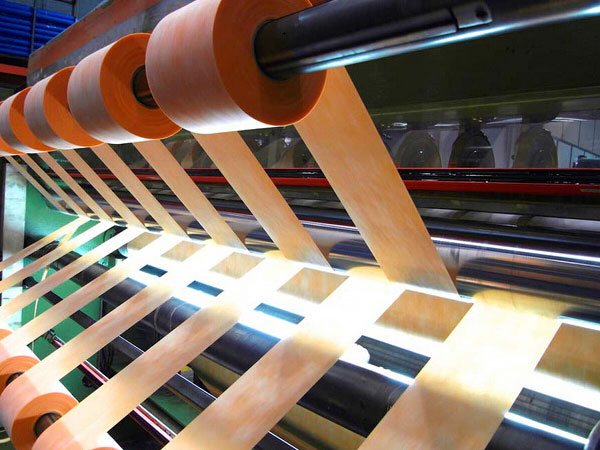
The slitter is able to sense and monitor the position, size, and shape of the material, and then adjust the movement of the cutting knife based on this information, ensuring a high degree of accuracy and consistency with every cut. Today we will take a look at the slitting machine that suits your production needs, and the following are the factors you can consider.
1. Material type and size: Determine the type of material to be processed (such as paper, plastic, metal, etc.) as well as its size and thickness range to ensure that the selected slitter can adapt to the required material.
2. Production volume: Determine the amount of material that needs to be processed per day/hour to select the slitting machine with appropriate specifications and capacity to ensure the matching of production efficiency and production demand.
3. Accuracy requirements: Determine the required cutting accuracy and size control to select the slitter model that can meet the accuracy requirements.
4. Degree of automation: According to the production process and the number of operators, determine the degree of automation required, including functions such as automatic feeding, automatic nesting and automatic adjustment.
5. Safety and reliability: Consider the safety performance and reliability of the slitting machine, including safety protection device, emergency stop button and other functions to ensure the safety of operators and equipment.
6. Maintenance and service: understand the maintenance needs of the slitting machine and the after-sales service support to ensure that the equipment can operate stably for a long time and solve possible problems in time.
Considering the above factors, you can choose a slitting machine that suits your own production needs to improve production efficiency and product quality.
Recent Post
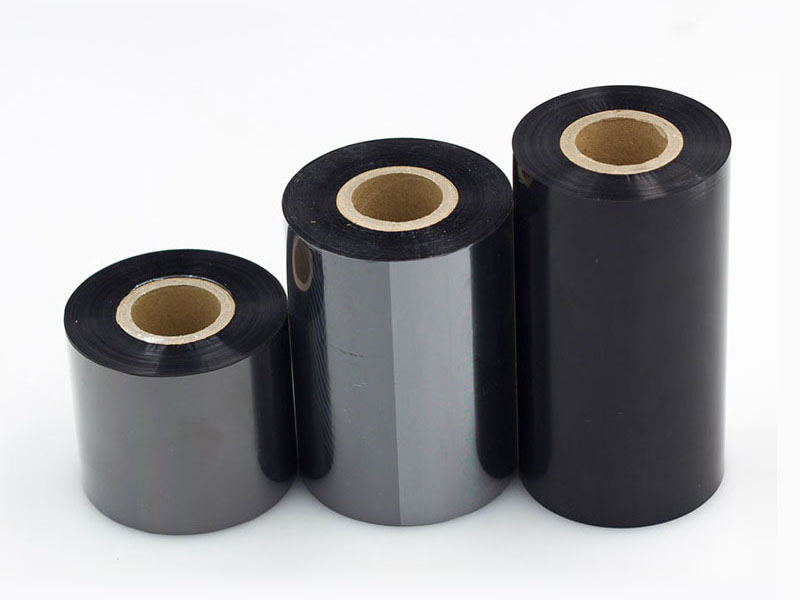 Why is it said that high-quality ribbon slitting machine is more cost-effective?
Why is it said that high-quality ribbon slitting machine is more cost-effective?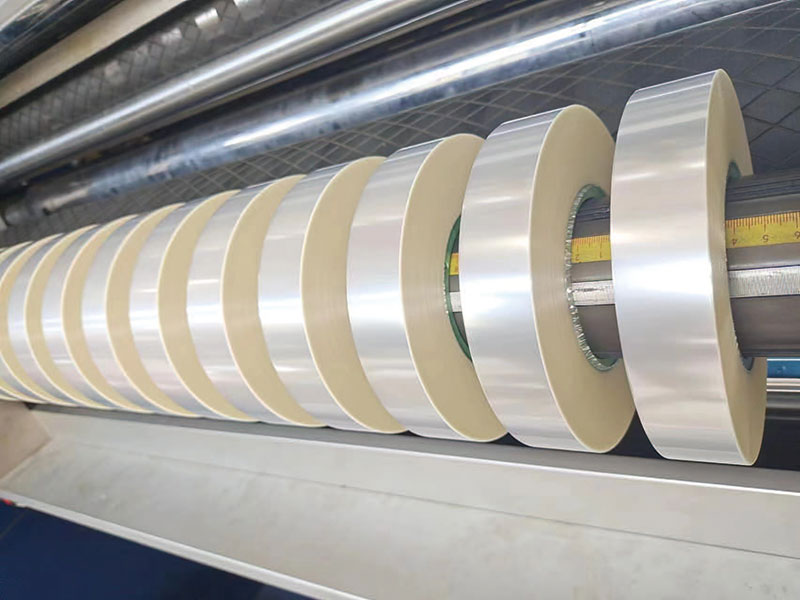 Energy Optimization for Film Slitters: Which Designs Reduce Electricity Costs?
Energy Optimization for Film Slitters: Which Designs Reduce Electricity Costs?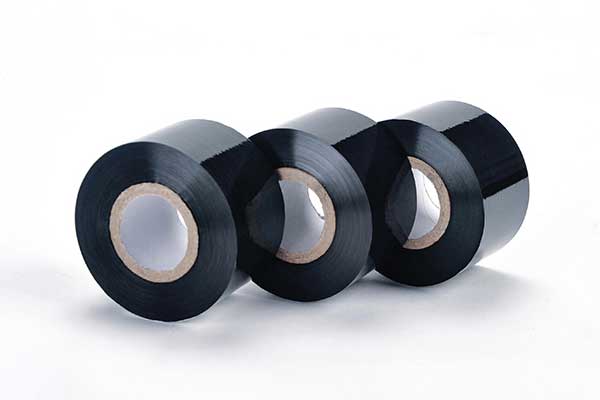 Low ribbon slitting efficiency? Fully automatic high-speed slitting machine, production capacity increased by 50%!
Low ribbon slitting efficiency? Fully automatic high-speed slitting machine, production capacity increased by 50%!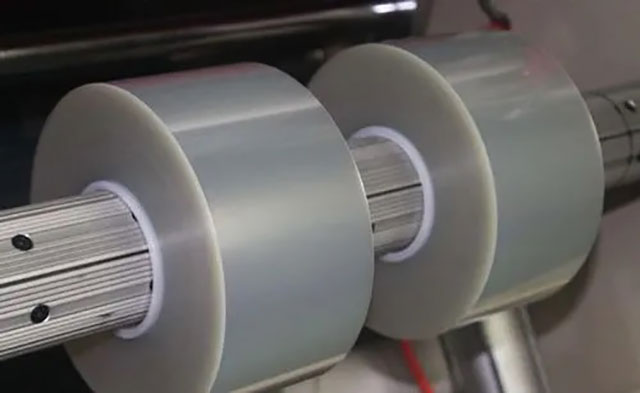 How does the automatic guiding system of film slitting machine work?
How does the automatic guiding system of film slitting machine work?
Related Product
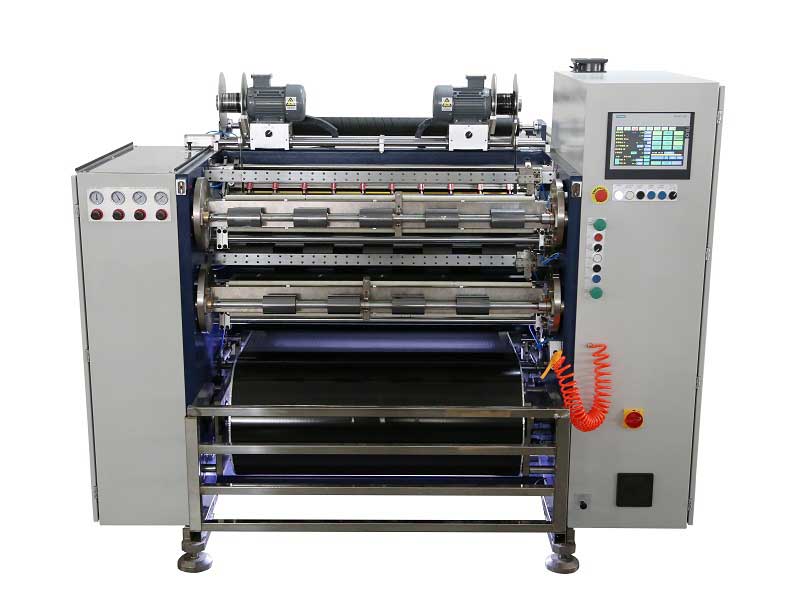 Automatic Thermal Transfer Ribbon Slitting Machine RSDS8 H PLUS
Automatic Thermal Transfer Ribbon Slitting Machine RSDS8 H PLUS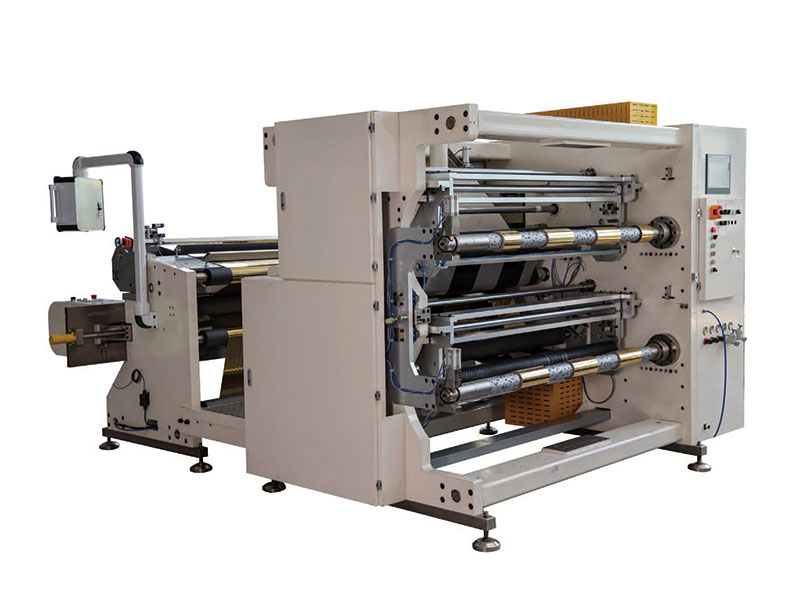 1400mm Hot Stamping Foil Slitting Machine
1400mm Hot Stamping Foil Slitting Machine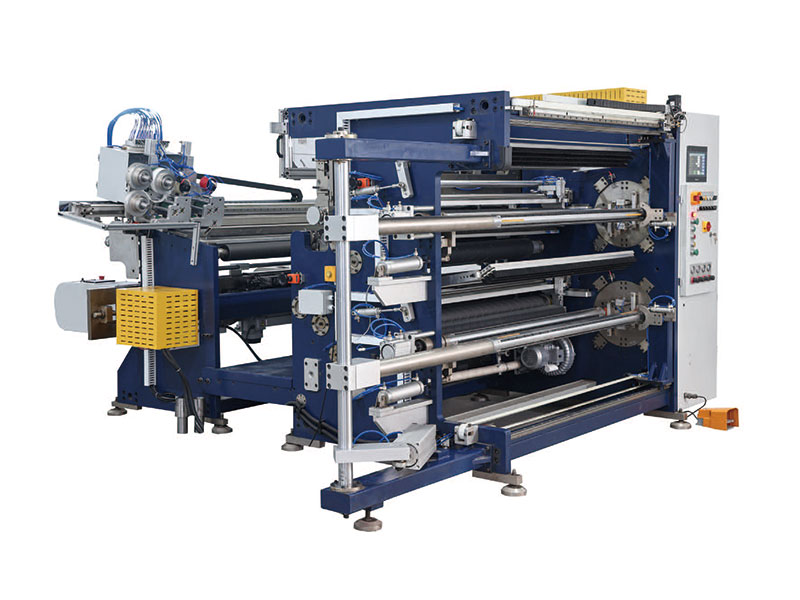 1350mm Hot Stamping Foil Slitting Machine
1350mm Hot Stamping Foil Slitting Machine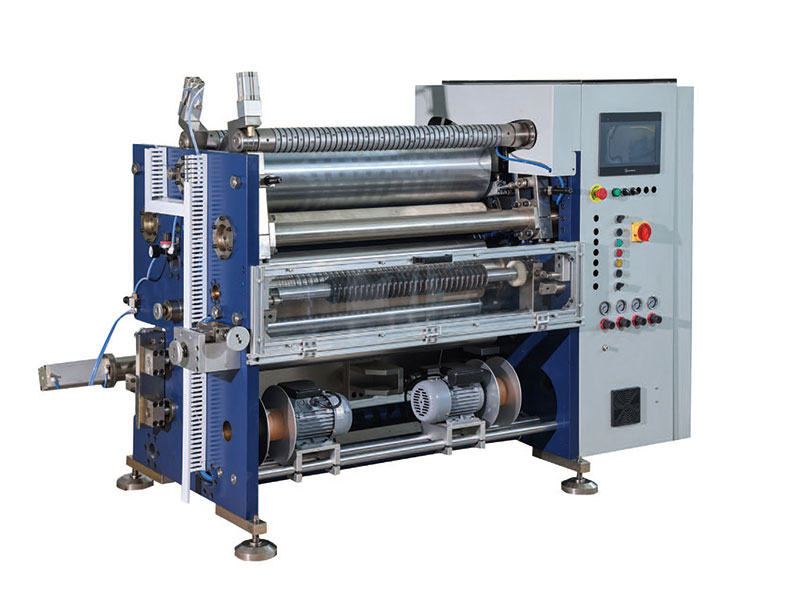 800mm Hot Stamping Foil Slitting Machine
800mm Hot Stamping Foil Slitting Machine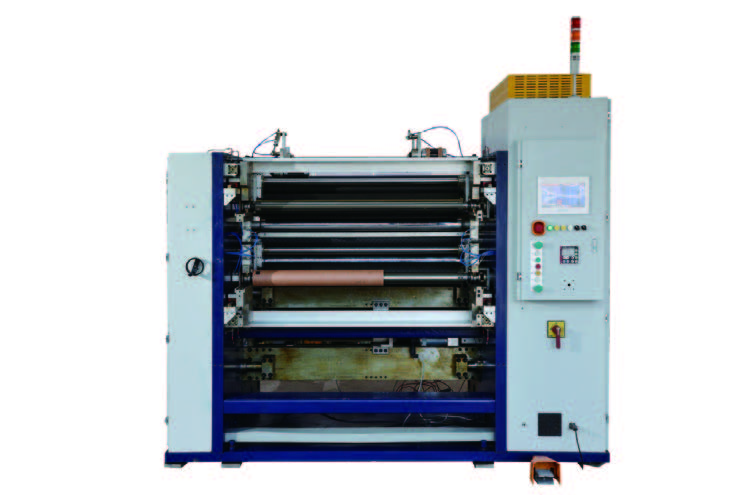 New Energy Ultra-thin Film Slitting Machine For Capacitive Film
New Energy Ultra-thin Film Slitting Machine For Capacitive Film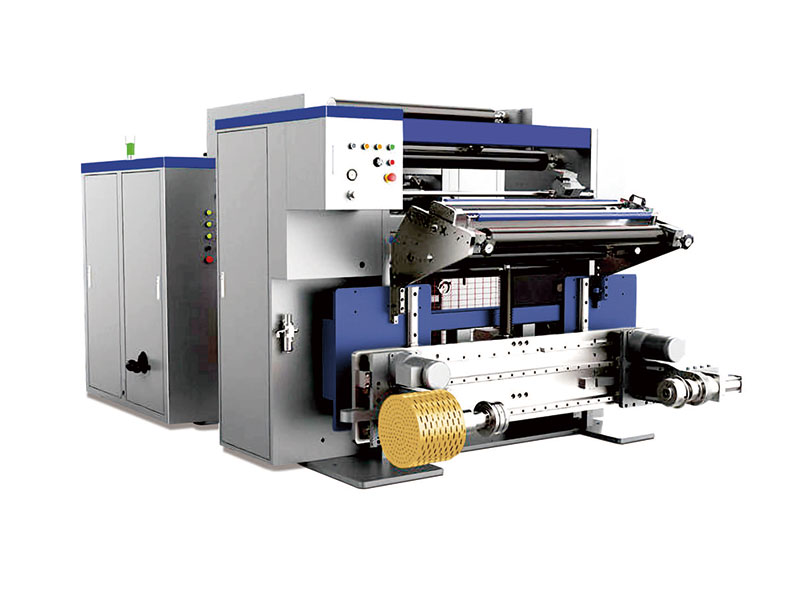 High Speed Slitting Machine
High Speed Slitting Machine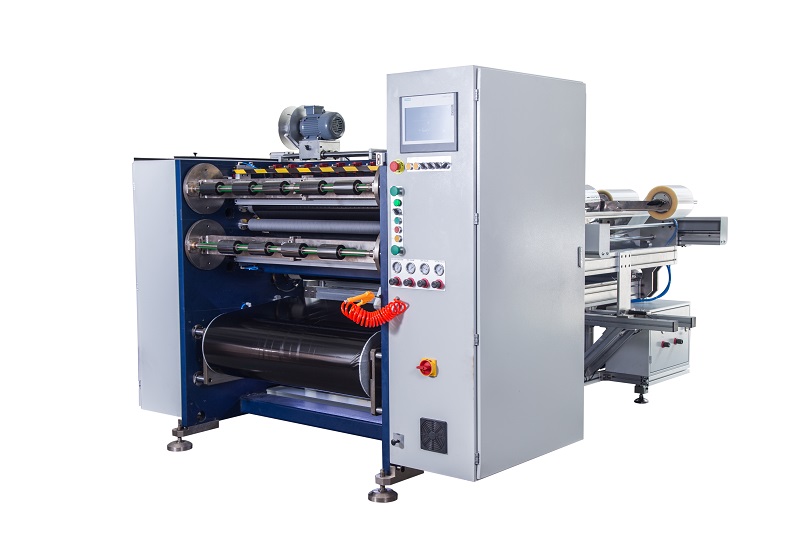 Semi Automatic Thermal Transfer Ribbon Slitting Machine RSDS5 PLUS
Semi Automatic Thermal Transfer Ribbon Slitting Machine RSDS5 PLUS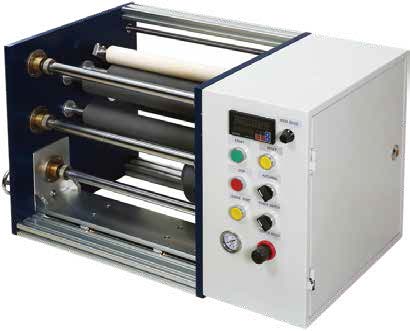 350mm Mini Slittting Machine
350mm Mini Slittting Machine


